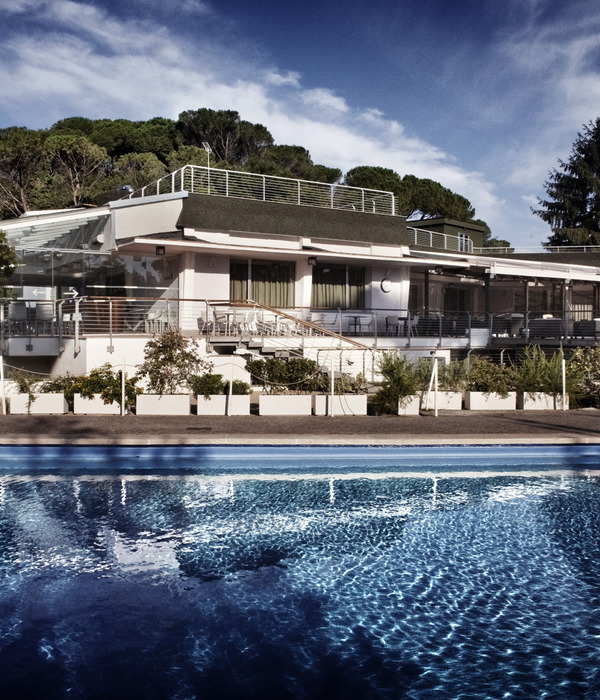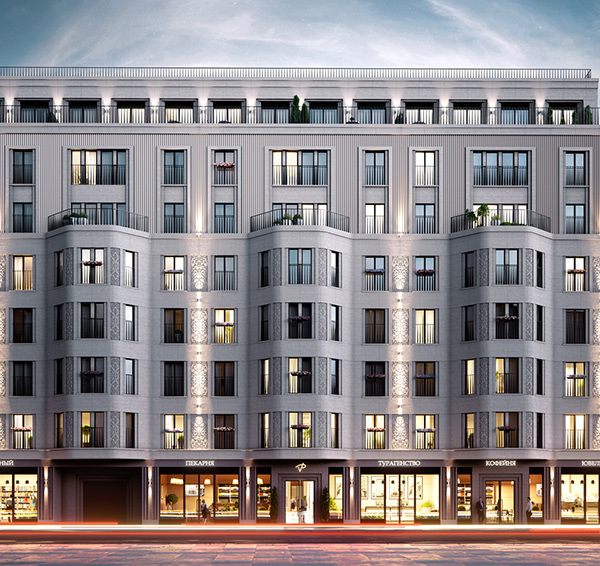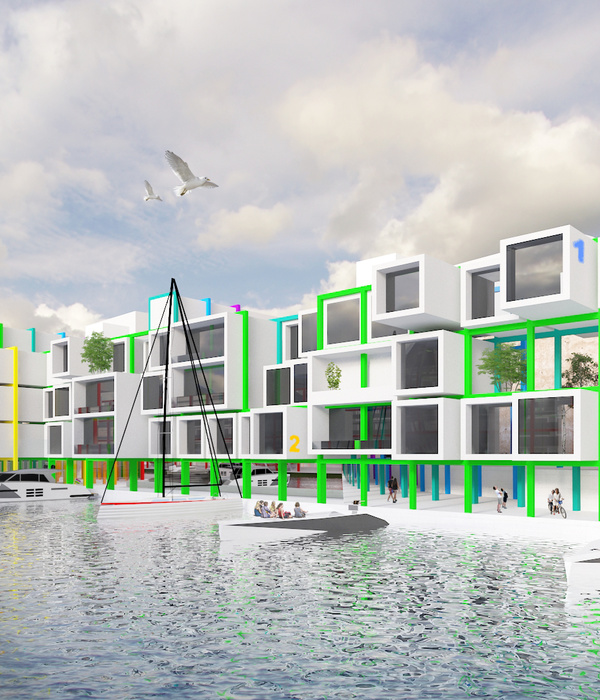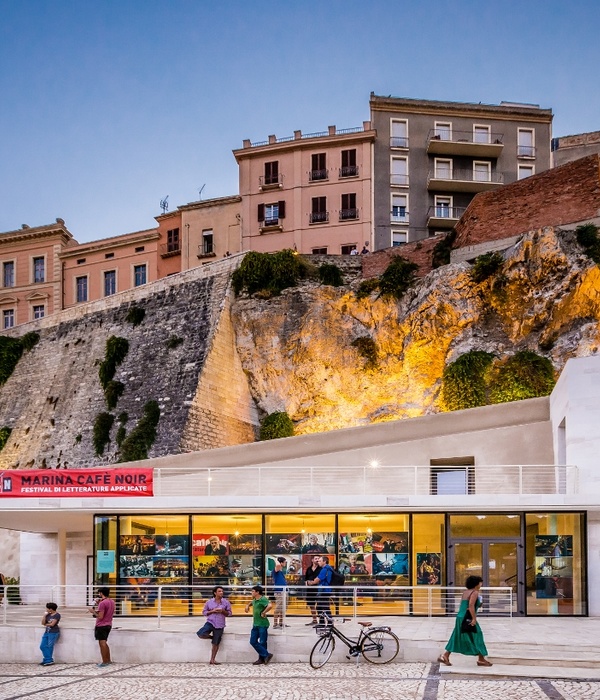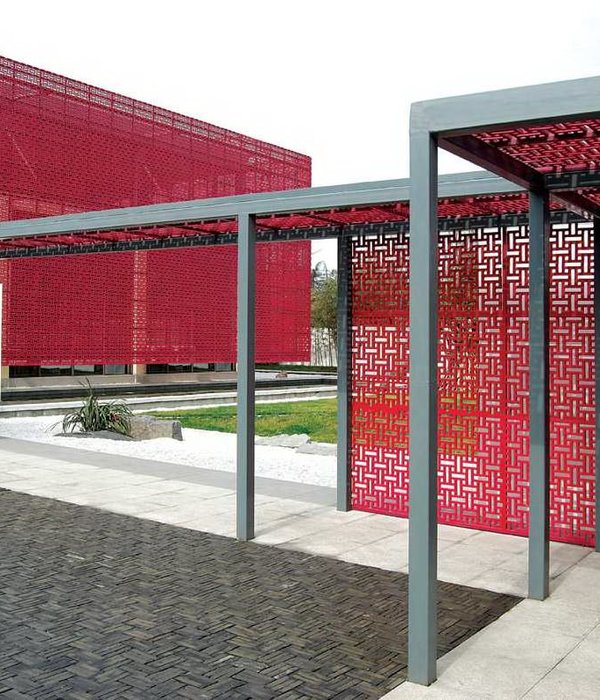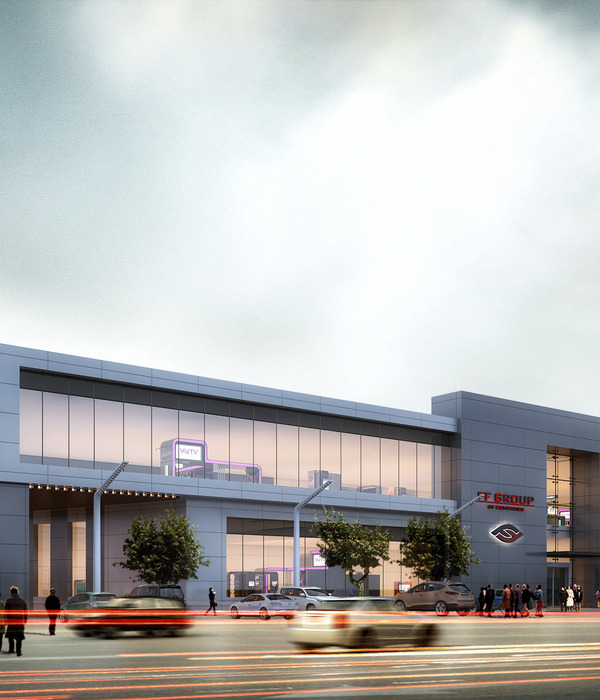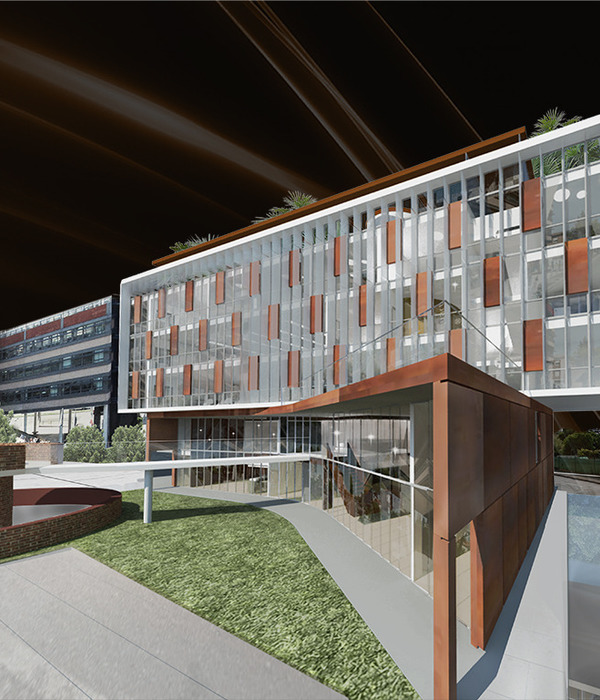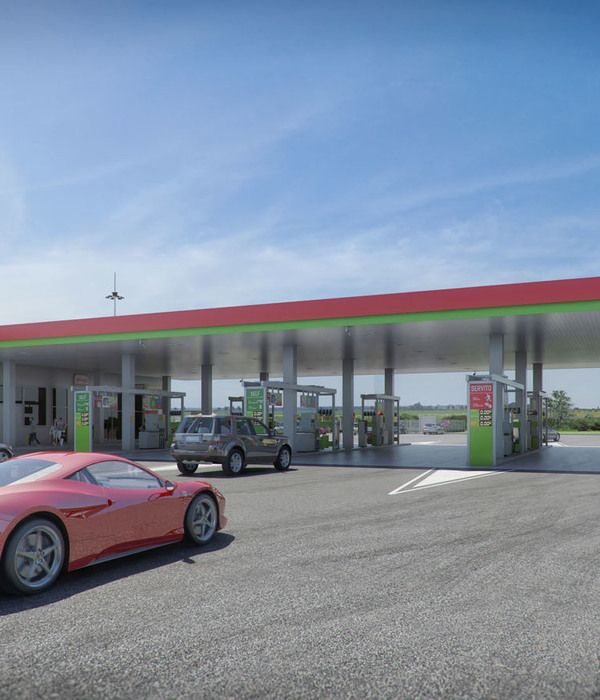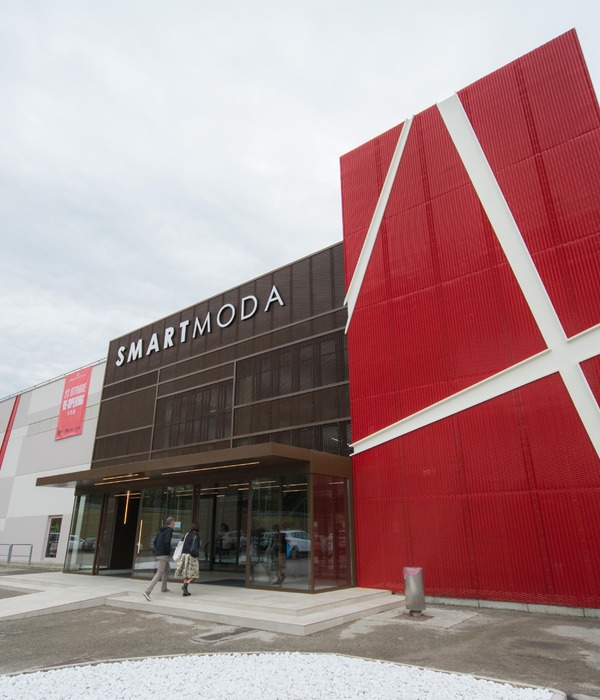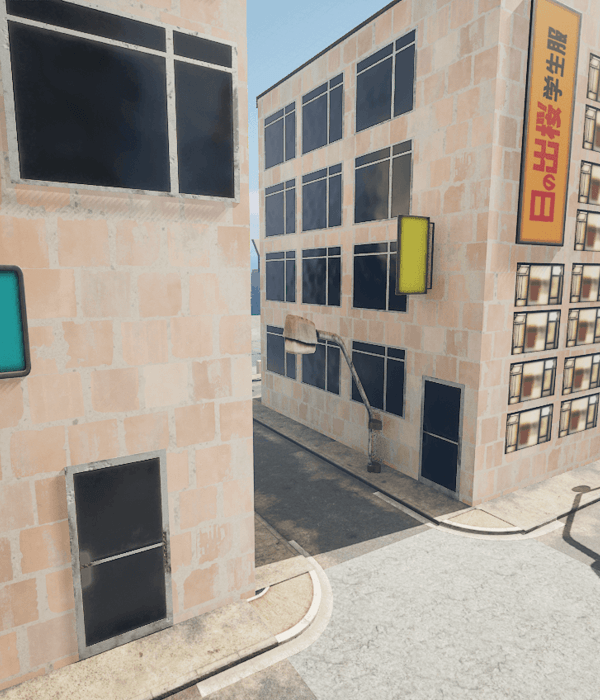When we say ‘renovation’ or ‘remodeling,’ of architecture, we often think of repairing a run-down building that has lost its function over time. These days, however, it is easy to see unfinished structures that have been suspended mid-construction due to profitability issues.
These are projects in which a person bought some land for the purpose of speculative investment in real estate and without carefully reviewing profitability, got a construction permit and started to build. Unlike urban regeneration, which reconstructs and heals the city by utilizing the surrounding environment that already exists, how should this abandoned structure, of which its architectural purpose is unclear from the start, and which has no story planted in the ground, be regenerated within the city?
The site where this half-built structure sits, Munho-ri, Seojong-myeon, Yangpyeong-gun, was a piece of land in Yangpyeong, which was on the rise as a tourist destination near the metropolitan area. After purchasing the land for the purpose of real estate speculation and starting construction, it was never completed. Though it has stood as a cold concrete frame for a long time, we hope that it will be permeated by warmth, as people inhabit it. If a space is functionally fixed, the place is likely to vanish when there is no more use for it.
True architectural regeneration should transcend simple rehabilitation, and become an urban renewal capable of self-sprouting that can continue to create new stories by communicating with each other in the city, regardless of what program it holds. In order to do that, architecture needs to play the role of putting together and weaving various aspects of daily life on the earth, consuming and sharing the everyday stories hidden in that place.
Architecture that possesses the new format that is desired by the place starts with rediscovering the place that has been put off in the many stories faced by the area.
{{item.text_origin}}

